Tactical athletes, including law enforcement, firefighters, and military personnel, require specialized training to meet the physical demands of their roles. These programs focus on building strength, conditioning, and mental resilience to ensure operational readiness and mission success.
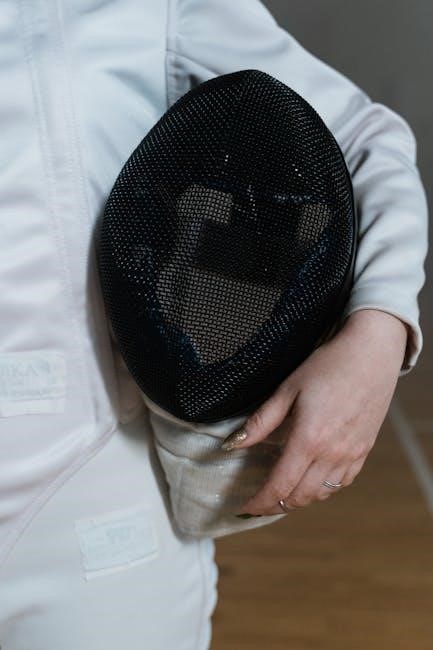
Key Components of a Tactical Athlete Training Program
A well-structured program includes strength training, conditioning, and aerobic capacity. It emphasizes periodization to balance intensity, ensuring tactical athletes build resilience, endurance, and power while minimizing overtraining risks.
2.1. Strength Training for Tactical Athletes
Strength training is a cornerstone of tactical athlete programs, focusing on building muscular endurance, power, and overall resilience. It involves functional exercises like squats, deadlifts, and bench presses to enhance real-world performance. The goal is to improve the ability to handle heavy loads, sustain long missions, and recover quickly. Tactical athletes often engage in submaximal lifts and dynamic efforts to avoid overtraining while maintaining progress. Periodization is key, alternating between intensity and recovery phases to optimize gains. Conditioning finishes, such as high-intensity intervals, are integrated to bridge strength with cardiovascular fitness. The emphasis is on injury prevention and mission-specific movements, ensuring athletes can perform under stress without compromising safety or effectiveness. Strength training also supports mental toughness, as consistent progress fosters confidence and readiness for high-stakes environments. This approach ensures tactical athletes are prepared for the unpredictable demands of their roles while maintaining peak physical condition throughout their careers.
2.2. Conditioning and Aerobic Capacity
Aerobic capacity is the most critical attribute for tactical athletes, enabling prolonged physical efforts over extended periods. Conditioning programs are designed to enhance cardiovascular endurance, muscular stamina, and mental fortitude. These programs often incorporate high-intensity interval training (HIIT), endurance runs, and functional circuits to simulate real-world mission demands. Tactical athletes must sustain long days and multiple consecutive days of operation, making aerobic capacity essential. Strength and conditioning templates typically include conditioning finishes, such as rowing, cycling, or battle ropes, to boost mitochondrial adaptations and longevity. The goal is to ensure athletes can perform at high levels without fatigue, recover efficiently, and adapt to the unpredictable nature of their work. Regular aerobic training also supports mental resilience, as consistent physical performance builds confidence. By prioritizing conditioning, tactical athletes achieve the endurance needed for mission success and operational readiness in high-stress environments. This focus ensures they can handle the rigors of their roles effectively and safely, both physically and mentally.
Training Methodologies for Tactical Athletes
Training methodologies for tactical athletes include periodization, high-intensity tactical training (HITT), and functional exercises. These methods enhance performance, improve adaptability, and ensure mental resilience, preparing athletes for real-world challenges and mission-specific demands effectively.
3.1. Periodization in Tactical Training

Periodization is a structured approach to training that divides the program into specific phases, each with distinct goals. For tactical athletes, this method ensures progressive overload, recovery, and adaptation, preventing overtraining and enhancing performance. By alternating intensity, volume, and focus, periodization allows athletes to peak at critical times, such as mission deployment or high-stakes operations.
A typical periodized program includes macrocycles (long-term plans), mesocycles (medium-term), and microcycles (short-term). Each phase targets different physiological and psychological attributes, such as strength, endurance, or agility. This systematic approach aligns training with operational demands, ensuring tactical athletes are prepared for the physical and mental challenges they face.
Periodization also incorporates deload weeks to promote recovery and avoid burnout. This strategy is crucial for tactical athletes, as their roles require sustained performance over extended periods. By integrating periodization, trainers can optimize results while minimizing the risk of injury, ensuring mission readiness and resilience. This method is widely recognized as a cornerstone of effective tactical training programs.
3.2. High-Intensity Tactical Training (HITT)
High-Intensity Tactical Training (HITT) is a specialized program designed to enhance combat readiness and resilience in tactical athletes. It focuses on improving power, speed, agility, and cardiovascular endurance through intense, short-duration workouts. HITT sessions typically last 20-30 minutes, incorporating diverse exercises that mimic real-world operational scenarios.
HITT emphasizes functional movements, such as sprints, dynamic lifts, and obstacle courses, to prepare athletes for the unpredictable nature of their work. This approach also fosters mental toughness by pushing individuals to their limits, simulating the stress of high-stakes environments. By integrating HITT into their regimen, tactical athletes can achieve superior physical conditioning and improved mission performance.
The program’s adaptability allows it to cater to both experienced operators and new recruits, ensuring scalability and inclusivity. Regular HITT sessions not only boost physical capabilities but also enhance overall mental resilience, making it an essential component of modern tactical training. Its effectiveness has been widely recognized across military and law enforcement communities.
Specialized Tactical Training Programs
Specialized programs like TRX Force Tactical Conditioning and Novocaine Training cater to tactical athletes, offering advanced techniques to enhance strength, mobility, and endurance. These programs are tailored to meet the unique demands of high-intensity operations and missions.
4.1. TRX Force Tactical Conditioning
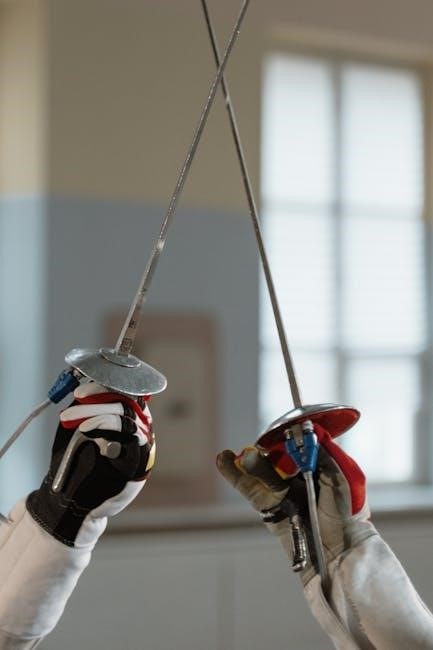
TRX Force Tactical Conditioning is a specialized training program designed to enhance the physical and functional abilities of tactical athletes. It incorporates suspension training, mobility drills, and strength exercises tailored to meet the demands of military, law enforcement, and first responder roles. The program focuses on improving endurance, power, and flexibility while reducing injury risk. TRX Force emphasizes functional movements that mimic real-world scenarios, ensuring that athletes can perform tasks like carrying equipment, climbing, and rapid deployments with efficiency. It also integrates core stability and balance training to improve overall physical resilience. The program is adaptable, allowing athletes to train in various environments, from gyms to field settings. By combining dynamic exercises with progressive overload, TRX Force Tactical Conditioning prepares tactical athletes for the physical and mental challenges they face in high-stress situations. This approach ensures they are operationally ready and capable of performing at peak levels during critical missions.
4.2. Novocaine Training for Tactical Athletes
Novocaine Training is an advanced conditioning program designed specifically for tactical athletes, focusing on high-intensity, cyclic training sessions. The program emphasizes rapid recovery between sessions, allowing athletes to maintain peak performance without overtraining. It incorporates a variety of exercises, including strength training, aerobic conditioning, and mobility work, all structured to simulate the physical demands of real-world missions. A key feature of Novocaine Training is its adaptability, enabling athletes to tailor the program to their specific needs and fitness levels. The program also places a strong emphasis on mental resilience, teaching athletes to push through physical discomfort and maintain focus under stress. By cycling through different training phases, Novocaine Training ensures continuous progress and prevents plateaus. This approach makes it an effective choice for tactical athletes seeking to enhance their endurance, strength, and overall readiness for high-intensity operations. The program’s flexibility and focus on recovery make it a valuable tool for maintaining peak physical condition in demanding environments.
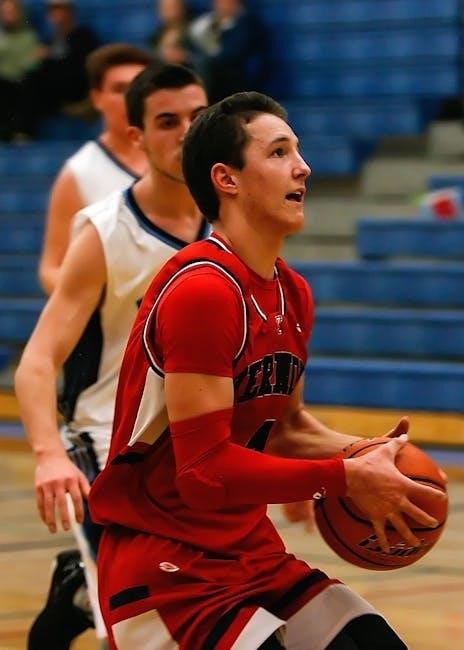
Injury Prevention and Recovery Strategies
Injury prevention and recovery are critical components of any tactical athlete training program. These strategies ensure that athletes can maintain their physical readiness and avoid setbacks that could impact their performance. Key injury prevention methods include proper warm-up routines, dynamic stretching, and the use of protective gear. Strengthening exercises, particularly for the core and stabilizer muscles, also play a crucial role in reducing the risk of injuries. Recovery strategies such as foam rolling, ice baths, and compression therapy help athletes restore muscle function and reduce soreness after intense training sessions. Additionally, incorporating rest days and managing training volume can prevent overtraining and related injuries. Nutrition and hydration are also vital, as they support muscle repair and overall recovery. By prioritizing injury prevention and recovery, tactical athletes can maintain their physical capabilities and remain operational in high-demand environments. These practices are essential for ensuring long-term durability and peak performance in both training and real-world missions.
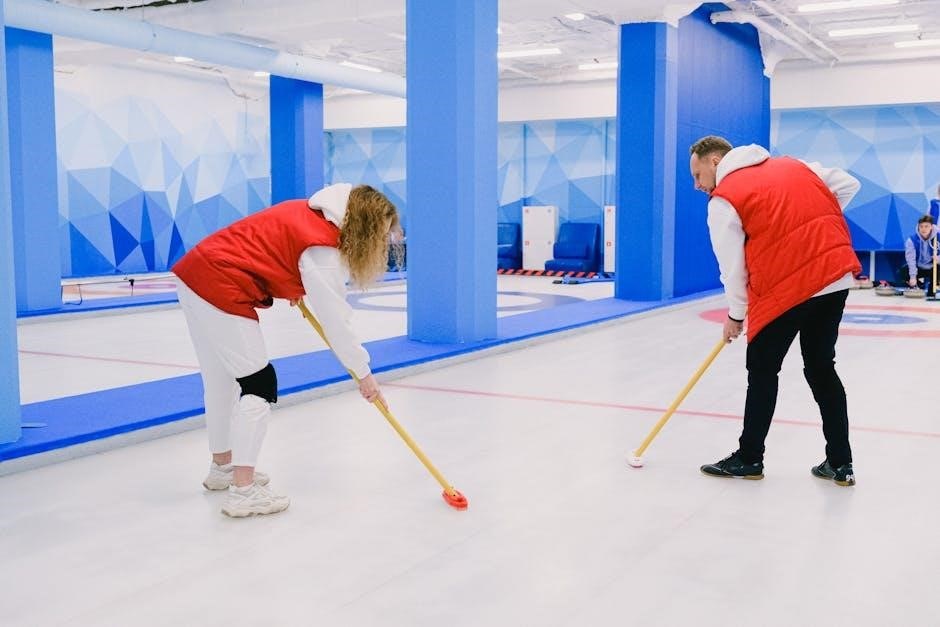
Nutrition and Recovery for Tactical Athletes
Nutrition and recovery are cornerstone elements of a tactical athlete’s training program, directly impacting performance, resilience, and mission readiness. A well-structured diet ensures optimal energy levels, supports muscle repair, and enhances endurance. Tactical athletes require a balanced intake of carbohydrates, proteins, and fats, with a focus on whole, nutrient-dense foods. Proper hydration is also critical, especially in high-stress environments. Recovery strategies include adequate sleep, active recovery techniques like light cardio or stretching, and the use of tools such as foam rollers or compression garments. Supplements, such as protein powder or creatine, may be incorporated to support muscle recovery and growth. A tailored nutrition plan not only aids in physical recovery but also supports mental clarity and focus. By prioritizing nutrition and recovery, tactical athletes can maintain peak physical condition, reduce the risk of overtraining, and ensure they are prepared for the demands of their roles; These practices are integral to sustaining long-term performance and operational effectiveness.

Mental Resilience and Stress Management
Mental resilience and stress management are critical components of a tactical athlete’s training program, enabling them to perform under high-stress conditions. Tactical athletes often face life-threatening situations, requiring a strong mental foundation to stay focused and composed. Techniques such as mindfulness, visualization, and cognitive-behavioral training help build mental toughness and emotional stability. Stress management strategies, including breathing exercises and psychological conditioning, are essential for maintaining clarity and decision-making abilities in chaotic environments. Additionally, team-building exercises foster camaraderie and trust, which are vital for collective resilience. Mental resilience training also involves developing a growth mindset, allowing athletes to learn from setbacks and adapt to challenges. By integrating mental resilience and stress management into their training, tactical athletes can enhance their overall performance, reduce the risk of mental fatigue, and sustain their operational effectiveness over time. These practices are as integral to their success as physical conditioning and strength training.
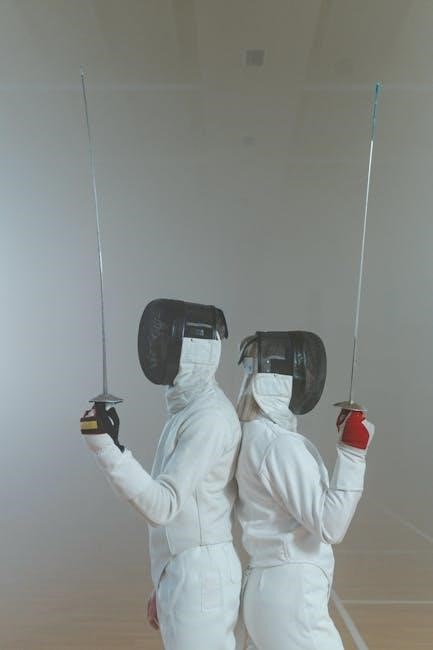
Real-World Applications of Tactical Training
Tactical training programs are designed to prepare athletes for real-world scenarios encountered in law enforcement, military operations, and emergency response. These programs focus on building the physical and mental skills necessary to perform under stress, ensuring mission success and safety. For instance, tactical athletes often engage in high-intensity missions requiring endurance, strength, and rapid decision-making. The training emphasizes adaptability, enabling individuals to respond effectively in unpredictable environments. Real-world applications include carrying heavy equipment over long distances, conducting searches, and performing rescue operations. Tactical training also prepares athletes to handle multiple days of continuous operations with minimal rest, a common requirement in combat zones or disaster response situations. Additionally, the mental resilience developed through these programs helps athletes stay focused and composed during high-stress scenarios, reducing the risk of errors; By simulating real-world challenges, tactical training ensures that athletes are prepared to meet the demands of their roles, protecting themselves and others in critical situations.